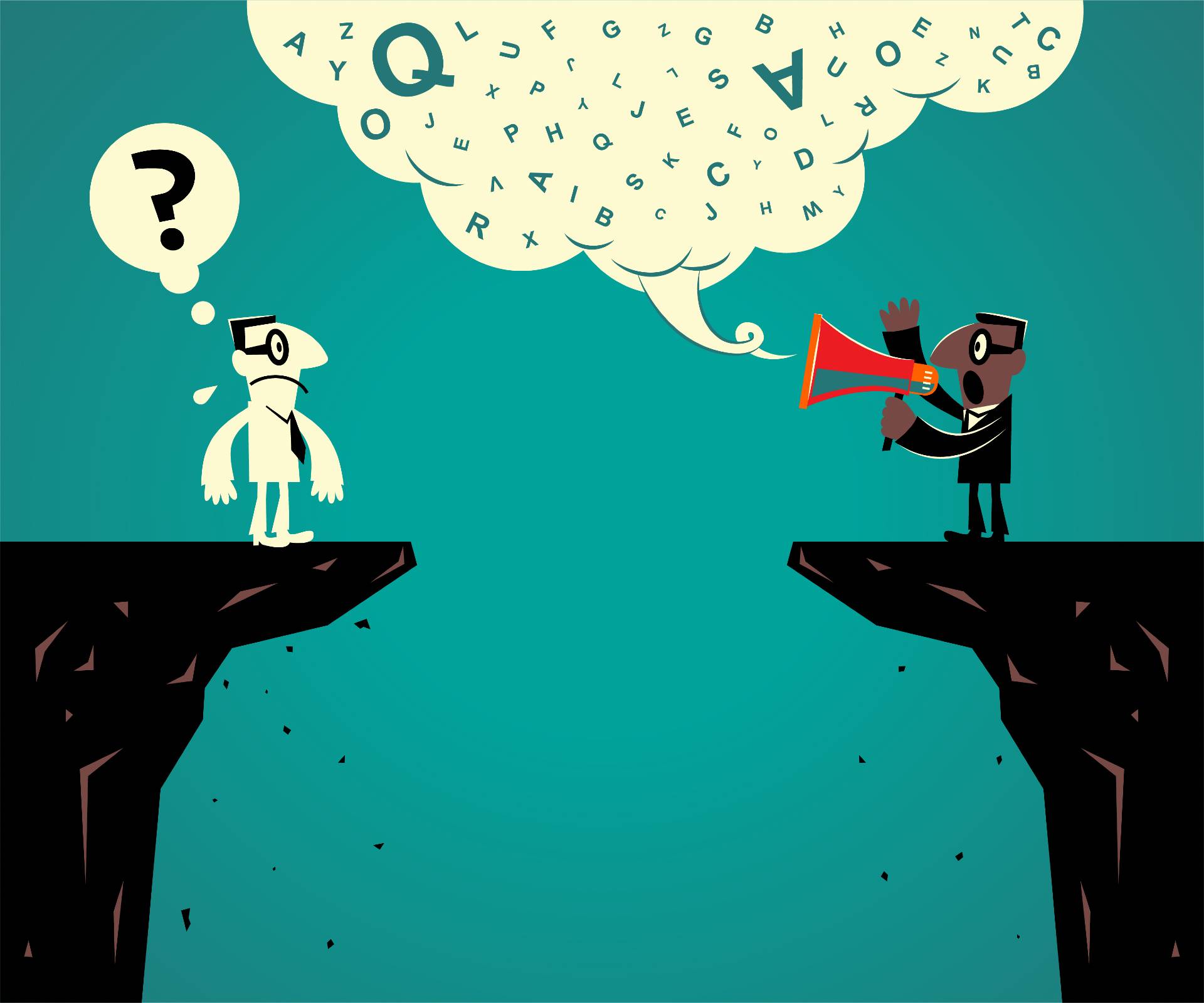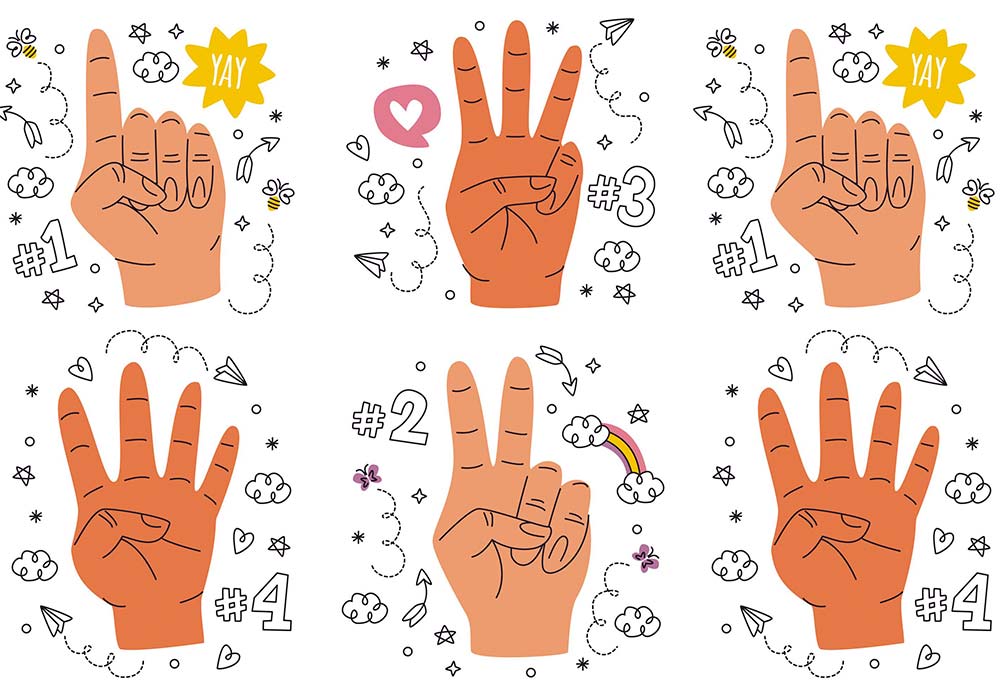When Grey’s Anatomy cast a deaf character, Dr Lauren Riley, it taught millions of viewers at least two things about deaf inclusion. Firstly, it underlined that inclusion is fundamental to avoid the marginalisation of any individual, thus preventing organisations from losing great talent. Secondly, it stressed the importance of building an accessible and welcoming work environment, with the right technology and training to facilitate smooth and easy communication between employees.
Today we explore the reality of deaf and hard-hearing people in a world dominated by spoken language and how we can change our perspective to foster greater inclusion and diversity.
What will I read about in this article?
- Increase in hearing impairment
- Benefits of deaf inclusion
- How to attract diverse hearing-impaired talent to organisations
Inclusion of deaf people in a society with increasing hearing-impairment issues
Communication is the oxygen of our social life, an undeniable necessity that shapes humanity and makes us thrive in an interconnected world. It allows us to share our joys, fears, hopes and dreams, building bridges of understanding between individuals who would otherwise be isolated in their own inner worlds. It helps us to resolve conflicts, to learn from each other and to grow together towards a shared future.
Calls, audio, videos, podcasts… People have the need to listen and to be heard. But what happens when we can’t? What happens to the communication needs of deaf or hearing-impaired people? We’ve internalised that the most normal thing is for them to learn to speak and use adaptive technology in order to be able to participate in the social and working world.
For those without any kind of hearing impairment, it’s difficult to imagine any other way of communicating than through spoken language. However, communication through visual language is a reality for millions of people.

According to the World Health Organisation, more than 5% of the world’s population (430 million people) suffer from disabling hearing loss. By 2050, it is estimated that this figure will exceed 700 million. That is one in ten people.
“More than 5% of the world’s population (430 million people) suffers from disabling hearing loss.”
Are we willing to change our way of thinking for greater inclusion of one tenth of humanity? Using sign language creates dynamism and beauty in our own language and culture. An experience that also translates into the development of high-value skills in our world and our workplaces.
What can we learn from deaf inclusion?
“Deaf Gain: Raising the Stakes for Human Diversity” invites us to challenge conventional notions of deafness. Instead of considering deafness as a loss or a disability, authors H-Dirksen Bauman and Joseph Murray put forward the idea of “Deaf Gain”, suggesting that being deaf can offer unique and valuable benefits.
The book seeks to overturn the central idea that being deaf is a disadvantage and argues that deafness helps to develop certain skills. In this way, the text emphasises deafness not as a disability, but as a benefit and a vital aspect of human diversity.
The authors explore how deaf people can experience the world in ways that hearing people cannot, providing a wealth of perspectives that are often overlooked. One of the main benefits relates to improved communication.
Living in a society where spoken language predominates requires deaf people to constantly hone their communication skills and adapt to changing environments. It’s not the same to understand a one-to-one talk or a two-to-one discussion as it is to try to follow a five-person discussion where everyone is stepping on each other’s toes.
The presence of a deaf person can encourage hearing people to adjust the pace of conversation, which can be to everyone’s advantage. When the group slows down and turns are respected, communication becomes clearer and more effective.
How to attract diverse, hearing-impaired talent to organisations
HBR recommends the following:
Assessing organisational culture
Analyse how physical, sensory and social barriers affect different areas of the company. Is linguistic diversity, including visual languages, valued? Are measures being taken to support employees who are hearing-impaired and who may have difficulty adapting to a constantly changing workplace? By assessing the current environment, you’re more likely to be able to identify areas for improvement.
Putting the needs of employees at the centre of the agenda

Once we have the information, it’s time to get down to work. Experts recommend taking the law as a minimum to be complied with and implementing measures that go beyond the legislative requirements.
The goal is to create a work environment where everyone feels welcome and where requests for accommodations from deaf people, or anyone else with special needs, are dealt with efficiently. Where should you start? By asking employees and encouraging them to share their suggestions to make their day-to-day work more comfortable, easier and, consequently, more productive.
Demonstrate an open attitude to change and learning
In the inclusion of deaf people, a good start could be to offer sign language courses to employees, to invite deaf speakers to share their work experiences and even to share these experiences with customers and suppliers.
It could also be interesting to promote solutions to organise speaking turns in meetings and generate a more manageable pace with fewer interruptions (something beneficial for everyone). Likewise, if there are moments of confusion in communication, establish mechanisms to ask for clarification or repeat certain information and data without fear of affecting the flow of the conversation.
Deafness shouldn’t be seen as a barrier to communication, but rather as an opportunity to explore new forms of interaction and understanding. It’s essential that organisations recognise and value the diversity of their employees, including those with hearing loss, and implement measures to ensure their inclusion. Doing so will not only create a more equitable working environment, but also enrich the company culture and open up new channels of communication.
Ultimately, inclusion of deaf people is not only a matter of social justice, but also a way to improve our society and our organisations as a whole.
Sources:
- https://www.fiapas.es/recursos-de-ayuda-y-orientacion/como-hablar-la-persona-con-discapacidad-auditiva#:~:text=H%C3%A1blale%20con%20naturalidad%2C%20vocalizando%20bien,evita%20utilizar%20argot%20y%20tecnicismos%2D.
- https://people.acciona.com/es/desarrollo-profesional/insercion-laboral-personas-discapacidad/


